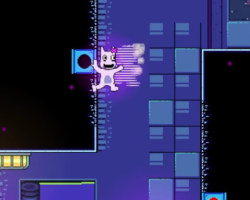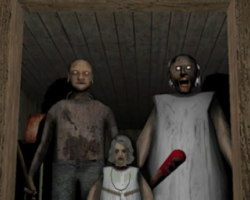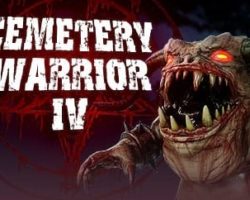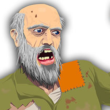Advertisement
Missing Banban

Missing Banban is a 2D platformer adventure set within a mysterious and twisted universe, spun off from the world of Garten of Banban. The game invites players to step into the role of Sheriff Toadster, a character on a mission to find Banban, who has vanished under uncertain circumstances. The journey leads through unsettling landscapes, filled with riddles, traps, and old friends who may no longer be allies. While its mechanics may seem familiar, the game layers meaning and tension through world-building, visual storytelling, and reactive challenges.
Learning the World Through Movement
The core mechanic of Missing Banban is its platforming system, but it’s not just about jumping from one ledge to another. Players must read the rhythm of each level—an exercise in timing, observation, and understanding how movement impacts survival. Sheriff Toadster moves with agility but also fragility, making every choice of leap, dash, or wall-slide significant. Some platforms collapse. Others may launch the character into secret passages. Each move becomes a test of both reflex and foresight. Exploring thoroughly often reveals extra paths or collectibles that feed into the overarching story.
Elements That Define the Gameplay Experience
The game delivers a variety of interactive and narrative components, which combine to give the player multiple layers of engagement:
• Progressively challenging platforming sequences that evolve with each new location
• Enemies with unique behaviors, some requiring stealth while others demand aggressive combat
• Environmental storytelling through visual clues like graffiti, abandoned tools, or broken signage
• Puzzle-based sequences that require players to manipulate parts of the environment
• Character-driven cutscenes that expand on Banban’s disappearance and the world’s corruption
Each of these parts is not isolated; they weave together, requiring players to think laterally—combining physical action with mental strategy.
Atmosphere and Storytelling Through Design
The world of Missing Banban doesn’t explain itself directly. Instead, it builds tension and mystery through indirect cues. Backgrounds may shift in tone as the story progresses, reflecting the mental state of characters or the danger of an area. Audio design follows a similar path—soft melodies fade into distorted ambient noise as players approach corrupted zones. Lighting is used to suggest not only direction but mood. For example, a warm glow might suggest safety, while blinking red lights may warn of a puzzle trap or an incoming ambush.
The character design also plays a role in the narrative. Sheriff Toadster’s expressions, animation changes, and posture offer insight into what’s happening, especially in moments where dialogue is absent. Players become emotionally invested not through exposition, but through the evolving visual and mechanical storytelling around them.
Missing Banban is more than a side-scroller—it’s an experience that rewards curiosity and patience. Its core is movement, but its soul lies in discovery. By fusing action, mystery, and emotional design, it turns a rescue mission into something more layered and introspective. Every fall, success, or piece of hidden lore draws the player deeper into a story shaped by what is revealed—and what remains missing.
Advertisement






















































































Comments